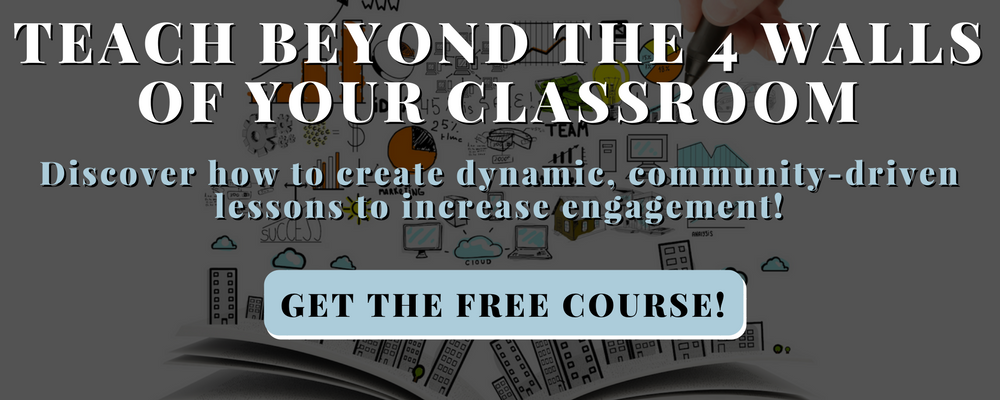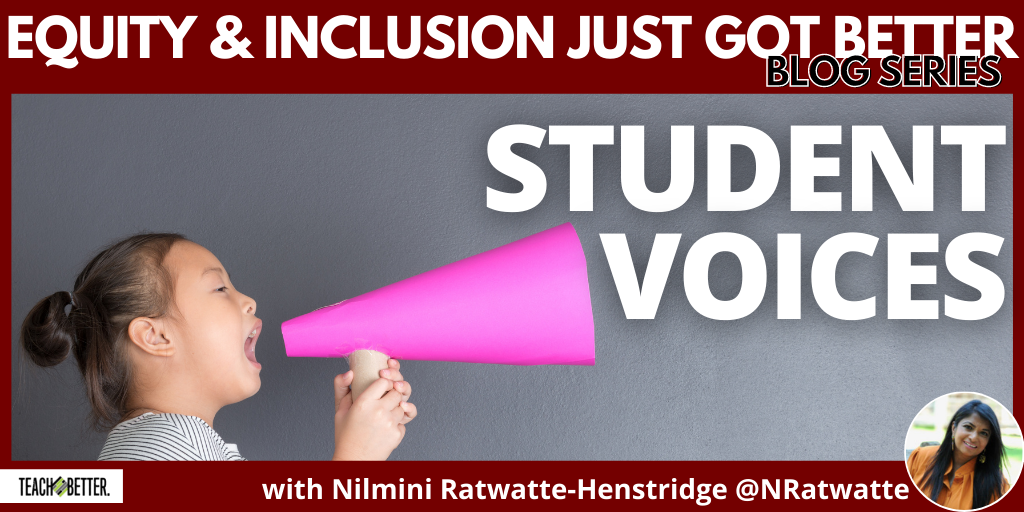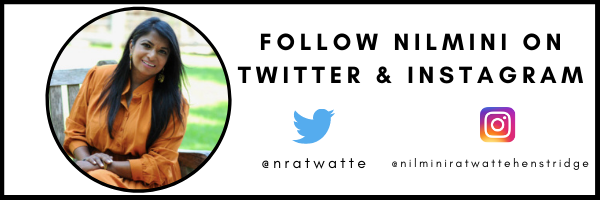TL;DR:
- No matter the grade level, emphasize student voices.
- Let students have a voice; hear their opinions and build upon them.
- Consider student voices when lesson planning and teaching curriculum and content knowledge.
“Equity and Inclusion Just Got Better” Journaling/Reflection Questions:
- How would you incorporate student voice into your curriculum?
- What does advocacy look like for you as an educator?
- What practices do you see at your school and in your classroom that address equity and inclusion for all students that you can build upon?

This summer, as I blog, I give myself the time to love the quiet nights by a campfire. The night air is crisp and it’s quiet enough to hear the crickets and see some stars in the dark sky.
When we have a campfire…
I love to include a very North American dessert, s’mores. It comes with a story; it was the first camping adventure where I was introduced to them. Ever since then, I’ve been in love with their deliciousness. Through reserach, I found they originated from Girls and Boys Scouts programs. We should find out how guests would like their s’mores made since everyone is a little different…just like with differentiation in teaching.
We should find out how guests would like their s'mores made since everyone is a little different...just like with differentiation in teaching. Click To TweetStudent voices guiding lesson planning:
- Talking to students, taking their interests, and considering their perspectives is invaluable. However, we have to always think like an educator when planning lessons to teach concepts that are based on evidence, not opinions.
- Always think about scaffolding learning opportunities.
- I like building in smaller concepts and using culminating tasks. I always let students explain their thinking to experience their learning and understanding.
During a campfire, give every person the marshmallow and ownership on roasting it the way they love it!
Student voices when teaching curriculum:
Curriculum standards are required by the state, province, or educational building standards. They are significantly important to consider when teaching. As you plan, consider the following:
- Backwards planning (thinking of the ending learning goals first)
- Culminating tasks
- Integrated lesson plans
You need to find your passions and combine them with your students as you build a positive classroom climate.
What has worked for me as a teacher has been to build relationships with individual students and build genuine connections. Moreover, seek out their interests, passions, and curiosities so that you can plan to bring individualized input into lessons as the year continues.
Ask yourself: So now, what? Connect the arts curriculum.
- Storytelling can be extended by connecting to the arts curriculum as we teach and learn interactively.
- Integrate the arts into how the student can display their learning.
- Give the choice of tasks so they can pick what they are good at and work on learning new skills at the same time. Student buy-in is key to creating learning opportunities that are engaging and based on a culturally relevant philosophy of teaching instructions.
Dramatic Arts
- Write up engaging scripts and direct a clip using iMovie as an application to teach others as a culminating task.
- Make commercials to promote a specific cause.
Dance
- Showcase a performance and create relevant content that makes us advocate for a cause.
- Tell the story using dance as the medium.
Visual Arts and Digital Media Arts
- Use digital posters on Jamboards and connect to the content taught.
- Use digital presentations or slides to display artwork created to celebrate learning opportunities.
Teaching by creating opportunities for courageous conversations helps everyone, including the communities we serve, the students in our classrooms, and the educators we work with. I found being real is the best way to show who I am as an educator. I talk about my life, my journey, and my learning to create the opportunities for courageous conversations. It opens the door for the students to share their stories and start sharing about themselves.
[scroll down to keep reading]
Make the time to plan out the dessert by the campfire and enjoy it afterward…
Student voices planning to teach content knowledge:
Take into consideration following the following three concepts: asset-based teaching, maintaining equity at the heart of each lesson we teach, and embedding aspects of the importance of advocacy into classroom spaces so student and teachers can make a difference.
It’s important to consider that students are students; they do not know everything. However, as an educator, it is important to note how to engage learners and teach—shift the thinking.
We have a duty to cross-reference educational tasks with research before we teach and consider the information presented to us by a student or parent or community member. Opinions are not factual.
As an educational professional, what do you think? I ask that you get ideas, brainstorm, reflect, research, collaborate, and engage learners by STRETCHING thinking via educational strategies.
Educators not only are making a difference in the lives of our students, but we have distinguished windows of opportunities to create positive societal changes.
Being born in a developing country gave me the opportunity to know what it is like for students who are a part of immigrant communities around the world. As they try to fit into a new learning environment while preserving their cultures, they assimilate and build the new country by learning to let go of bias. They move forward in peace if they came from a country that had conflicts.
This unique perspective that many multi-language learners, immigrants, and refugees hold in a new country of citizenship is about living a life of optimism each day as a child…and the importance of maintaining world peace by integrating into and giving back to society in the way they know how.
Yours in Education,
Nilmini
References:
Ratwatte-Henstridge, Delani Nilmini. 2021. School Rubric Article. “Culture: A Global Perspective.”
Shrouder, Anne Marie. 2021.“Being Brown in a Black and White World.”
Winters, Mary-Frances. 2020. “Inclusive Conversations.”
About Nilmini Ratwatte-Henstridge
Nilmini Ratwatte-Henstridge teaches in Brampton, Ontario, Canada. She was born in Sri Lanka and immigrated to Canada with her family. As an Elementary School Teacher who is passionate about Equity, Social Justice, and Human Rights in education, she enjoys teaching the younger generation to be global-minded citizens.
Discovering the world by connecting with others is an opportunity that we have today in our society today and she loves meeting new people! She is always learning while traveling to understand the inter-connectedness of this beautiful earth we live in! Nilmini LOVES cooking great meals, watching movies, and the latest fashion trends! Family and friends are close to her heart as she looks forward to balancing social media and navigating professional learning communities in education to network globally this year!



